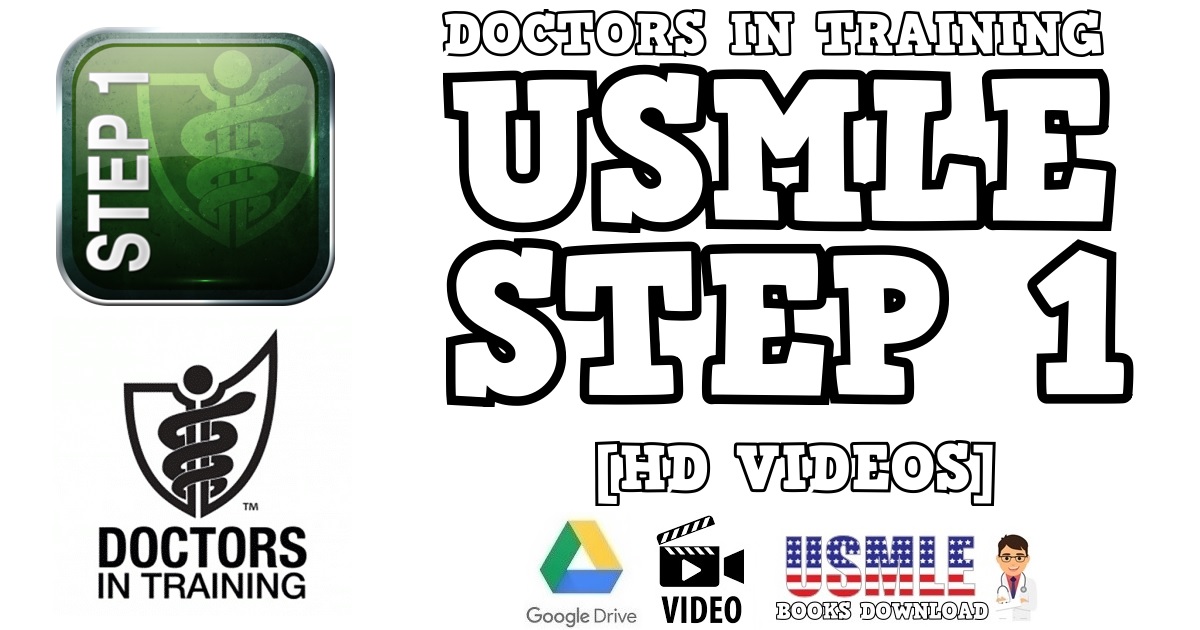

This examination covers clinical management and assesses the doctor’s ability to practice medicine safely and effectively. Each video includes an End of Session Quiz to review the highest-yield material.Includes a video devoted to strategies for success on the Computer-Based Case Simulations (CCS).High-yield questions, notes, diagrams, study hints and quizzes accompany the videos and are found in the Step 3 Study Guide.Basic Sciences, Clinical Sciences, Doctors in Training, Step 1, Step 2/3, USMLE. Step 3 Study Guide The Step 3 Study Guide includes the Part 1 clinical questions and the Part 2 notes, diagrams, study hints and quizzes to accompany the videos.

Doctor in Training Step 1 Videos, Doctors in Training Step 2 Videos Free Download, Doctos in Training, USMLE Step 1, USMLE STEP 2. The majority of MSF aid workers will be in a supervisory or management position in the field and will often spend more of their time overseeing and training. Part 1 and Part 2 combine to deliver over 500 questions to reinforce vital topics. Doctors in Training : Solid OB/GYN (Free) March 9, 2020. The 2018 Study Guide will be shipped to you within 2-3 business days of purchase to purchasers of the 2018 Step 3 course. admin doctors in training, doctors in training download, doctors in training solid, gynecology, obstetrics, USMLE. The amount of time available for breaks may be increased by finishing a block of test items or the optional tutorial before the allotted time expires.The Doctors In Training Solid OB/GYN video series offers you an opportunity to learn the high-yield information that you. The examination also includes a minimum allotment of 45 minutes of break time and a 15-minute optional tutorial.

The total number of items on the overall examination form will not exceed 280. The number of questions per block on a given examination form may vary, but will not exceed 40. It is divided into seven 60-minute blocks and administered in one 8-hour testing session. Step 1 is constructed according to an integrated content outline that organizes basic science material along two dimensions: system and process. It ensures mastery of not only the sciences that provide a foundation for the safe and competent practice of medicine in the present, but also the scientific principles required for maintenance of competence through lifelong learning. Step 1 assesses whether you understand and can apply important concepts of the sciences basic to the practice of medicine, with special emphasis on principles and mechanisms underlying health, disease, and modes of therapy.


 0 kommentar(er)
0 kommentar(er)
